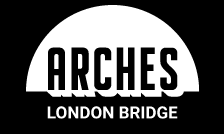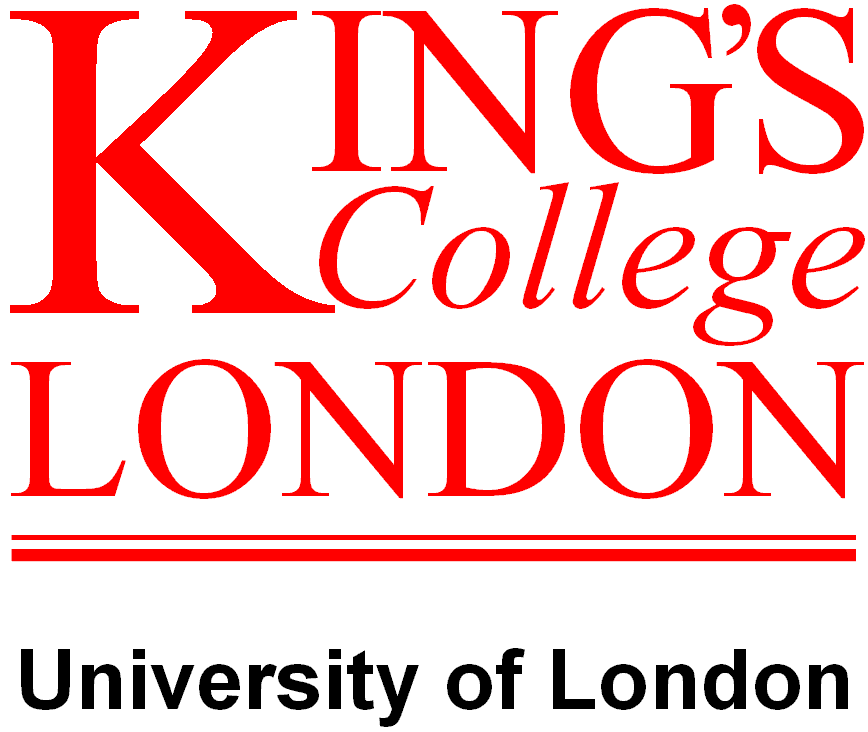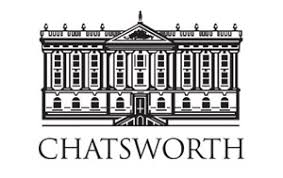Contact one of the team to discuss your training goals:
Email - contact@adrianclose.com
Coaching Leadership Style
Coaching leadership style involves and facilitates the engagement of people, as well as drawing out and understanding and empathising with their specific and individual motivations.
Before we look at the Coaching leadership style it’s a good idea to understand the The origins of the word coach.
Executive coaching and life coaching are popular ways of helping people achieve their goals. But everyone means something different by the term “coach.” The history of the word is instructive.
 |
Here is the story… It all began in the Little Hungarian Plains of northwest Hungary in the village of Kocs. The name may have come from the word for a ram, but the village is famous for an invention that changed the world. In the 15th century, the village of Kocs made its living from building carts and transporting goods between Vienna and Budapest. Around this time, an unknown carriage maker in Kocs devised a larger, more comfortable carriage than any known at the time. It was called a Koczi szeter, a ‘wagon of Kocs,’ which was shortened to kocsi. Over the next century, the kocsi became popular and was copied throughout Europe. The name became kutsche in German, coche in French, and coach in English. From the name of the English horse-drawn coach came all stagecoaches, motor coaches, and finally air coaches. |
Our modern use of the word “coach” is actually a metaphor. “Coach” was applied first in education, not athletics. In the 18th century England, the term was used as a verb by students of tutors preparing them for exams. The slang reference for tutors became “coach” because tutors quickly and comfortably carried students to their goal of passing their exams.
Athletic coaches were known as “coachers” until the late 1880s when the name transformed to “coaches.” For many people today, a sports coach yelling out instructions and corrections comes to mind when they think of a coach. But this image equates more to an army drill sergeant, than a comfortable carriage.
So, a coach moves people from one place to another
The coaching leadership style was first defined by Paul Hersey and Kenneth Blanchard in the late 1960s, when they described this as one of four leadership styles that a leader can adopt according to a specific situation, the maturity of the company’s employees, and current attitude.
The Coaching leadership style is particularly useful in today’s workplace. With remote working, hot-desking and varied work hours, there tends to grow a more flexible and fertile culture. This is an environment where the ‘I say, you do’ approach is not only outdated, it is impractical due to the way people now work and get together.
Coaching leadership is a style that involves and facilitates the engagement of people, as well as drawing out and understanding and empathising with their specific and individual motivations. In exchange, this method provides a much closer and superior insight into an organisation’s challenges and some ideas on how they might be best resolved.
In What Environment is the Coaching Leadership Style of Value?
If an organisation is tired, ineffective or the people are lacking in a particular skill or knowledge in order to realise the collective vision, then coaching leaders can be the solution. This style of leadership can motivate and assist others to develop their skills, become stronger and work together more successfully. Coaching leaders can also enable the alignment of the organisation’s goals and culture with the career and personal aspirations of the people who work there.
Attributes of This Leadership Style.
Traits of this style of leadership facilitate lots of 360-degree feedback is provided both by management and each individual within the organisation. Coaching leaders, therefore, are effective communicators, but also experienced in delegation and giving others the opportunity to take on new challenges and ‘try this’. Whilst they are able to help people visualise a plan for the attainment of specific goals, they also have to be comfortable to let go and take on the role of observer to see how individuals thrive when given something different or challenging to do.
Coaching leaders therefore have to be able to step back, not micro-manage, but be motivated themselves by assisting others to succeed and reach their own personal goals. They can do this by centring on others, drawing upon an active sense of empathy and self-awareness.
The Advantages and Disadvantages of This Leadership Style
Internationally known psychologist and science journalist, who reported on the brain and behavioural sciences for the New York Times, Daniel Goleman, states in his many articles that whilst this style of leadership does not accomplish tasks and goals quickly, these leaders are willing to put up with short-term failure if it furthers long-term learning. Daniel Goleman's 6 leadership styles
Unfortunately, this leadership style is not used in organisations very often, primarily because of the high pressure, ‘get it done now’ economy. Developing people is seen as too time-consuming and resource draining. However, helping others within an organisation to grow is absolutely essential for an environment to thrive and leaders who choose to avoid this style are giving up a powerful way to make a significant impact on their culture and overall performance.
The coaching leadership style can significantly improve results though. Yes, focus is taken away from daily business tasks and instead placed of personal development, but because this requires two-way communication individuals feel valued, develop a sense of importance within the culture and get fast and constructive feedback to continue and reach higher.
The only caveat to this is when there is an existing culture where the employees are resistant to anything new or changing the status-quo. It also doesn’t work if the leader does not have the right level of knowledge or expertise to develop the people or indeed is fearful of negative feedback.
Thanks for visiting our coaching leadership style page here's a link to our homepage. For more information about Daniel Goleman's 6 Leadership styles here's a link to his book
As well as lots of smaller businesses and organisations, below are examples of some larger organisations who have received training from our director of learning at Ultimate Leadership Training:
























Please contact us to discuss any training requirements you have, we either deliver for you or sell you the course for your trainers to deliver to your team